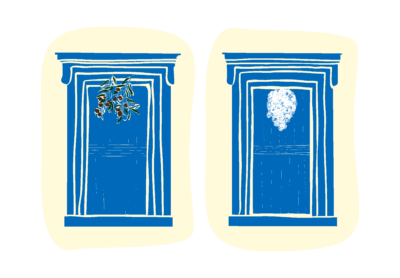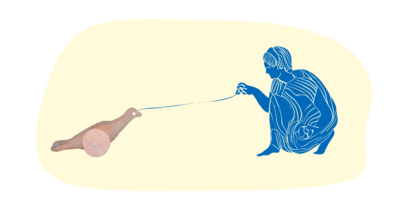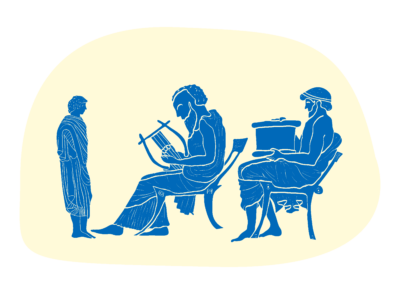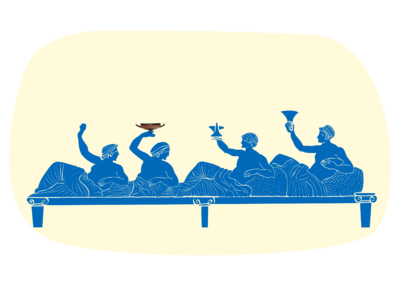Marriage
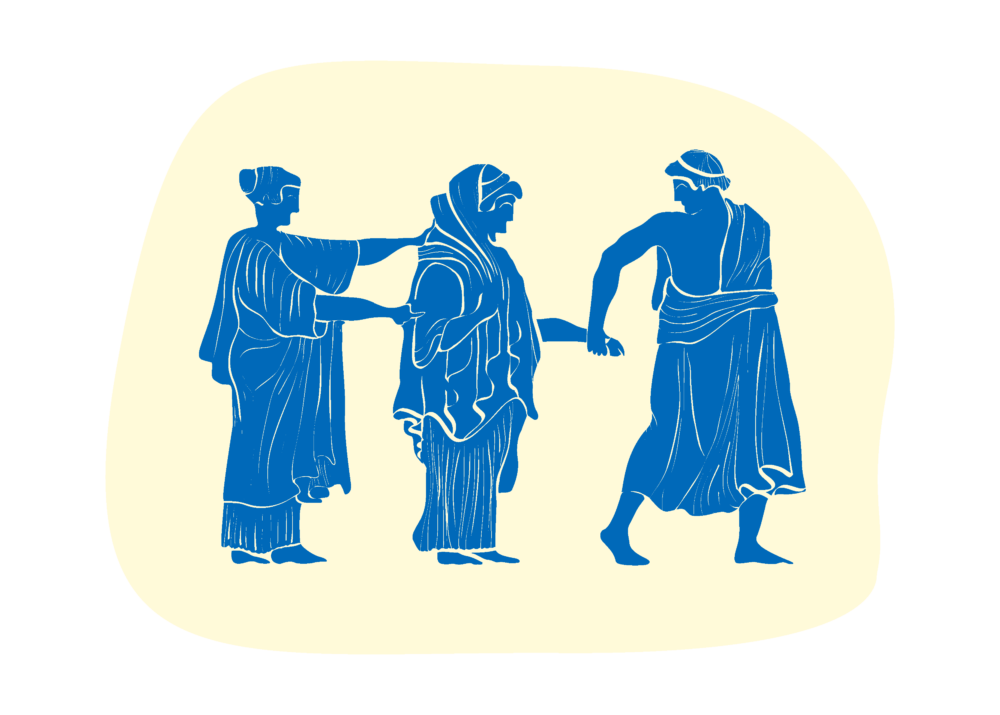
Drawing of the representation in which the father accompanies his daughter to her future husband. Marriage was arranged mainly by the parents, and the opinion of the children did not carry much weight.
Marriage in ancient Athens
When my parents got married, my mother was fourteen and my father was thirty years old. Their marriage was arranged by their parents, since the opinion of the future brides and grooms does not carry much weight. The father of the bride is the one who decides which of the young men he knows will be a suitable husband for his daughter. He should be hard-working and have enough money to support his household and his family. The father of the future groom is mainly interested in the bride’s industriousness and the dowry that her father will give her. The dowry, in the event of divorce, which is very rare, is returned to the father of the bride.
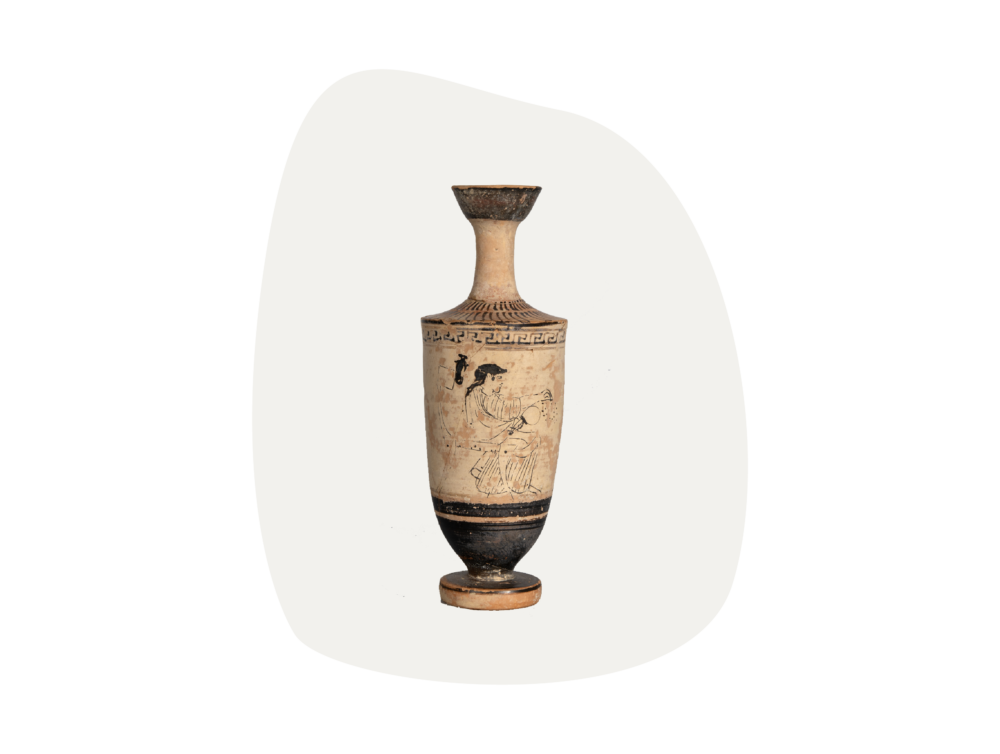
The wedding
Weddings are usually held in the month of Gamelion (the current month of January). The wedding lasts three days and, among the preparations, the bride’s nuptial bath holds a special place.
On the evening before the wedding, the bride would dedicate her toys to one of the goddesses who protected the wedding (Artemis or Hera) and make various offerings. The wedding ceremony takes place at the bride’s home and ends with a procession of relatives and friends accompanying the newlyweds to the groom’s home.
White ground lekythos depicting a woman holding a mirror and wreath. Approx. 460 BC.

Beautification
For the beautification they had various items for the female toilet containing unguents and cosmetics, to make them look more beautiful, while they used mirrors made of copper to see their faces. Although they could not see the details as clearly as in the mirrors we use nowadays, they could see their reflection in the copper surface, which they had previously rubbed to polish. Many of the mirrors were folded to protect the surface and prevent it from losing its shine.
Bronze mirror, later 4th century BC.

For the beautification of the bride they used perfumes kept in perfume vases, as well as various cosmetics (psimythia).
Women completed their beautification by wearing jewelry made of gold, silver precious stones, copper or other cheaper materials depending on their social status.
Spiral ring made of thin hammered sheet with endings shaped into snake’s head and tail, 2nd century BC.
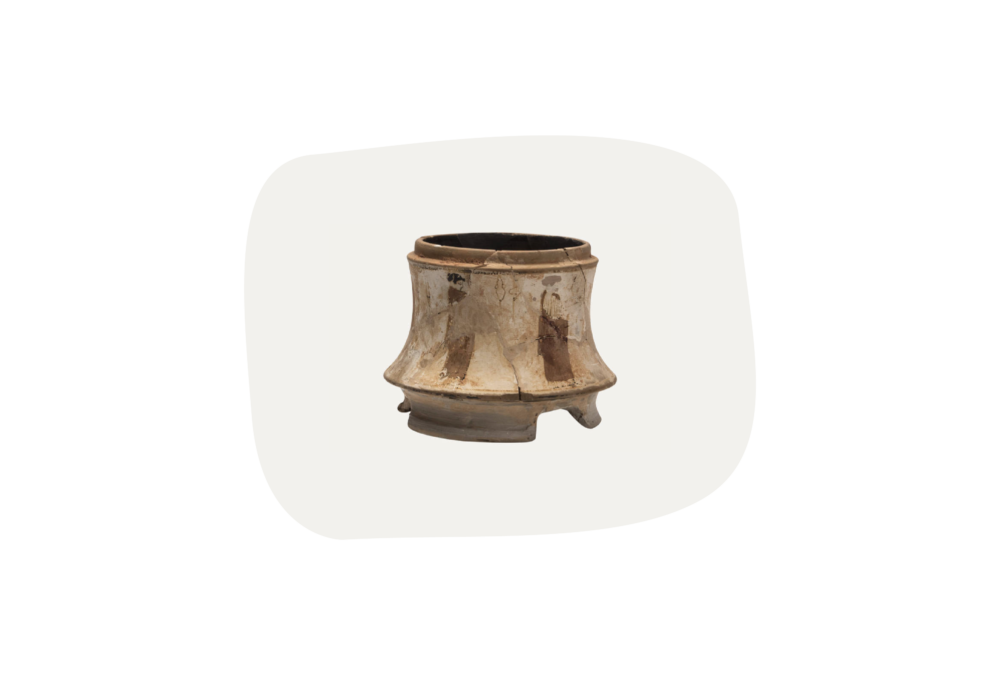
On the day after the wedding, friends and relatives would visit the newlyweds, offer gifts such as jewelry boxes (called pyxides), and wish the couple a happy and fruitful marriage.
Pyxides were containers for cosmetics and jewelries, and they were a common wedding gift in ancient Athens. The scene depicts a woman sitting on a stool inside a house, as the closed double door of the scene suggests. It is a characteristic scene set in women’s quarters, i.e. the place where women lived. In addition to the seated figure, three other figures are preparing to offer her wedding gifts. The narrative scene relates to the epaulia, the traditional celebration of the second day of the wedding, when relatives and friends go to the house to offer gifts to the bride, who is shown here seated.
Red Figure pyxis (jewelry box). It depicts a bride receiving gifts on the day after the wedding, during the so-called epaulia. 5th century BC.
GLOSSARY:
- Gamelion: One of the months of the year in ancient times (the current month of January), which was dedicated to the goddess Hera and during which weddings were mostly held
- Psimythia: White pigment used in ancient times as a cosmetic (powder)
- Epavlia: The offering of gifts to the bride on the second day of the wedding
CREATE:
Download the activity and make your jewelry using aluminum foil and colored string.


